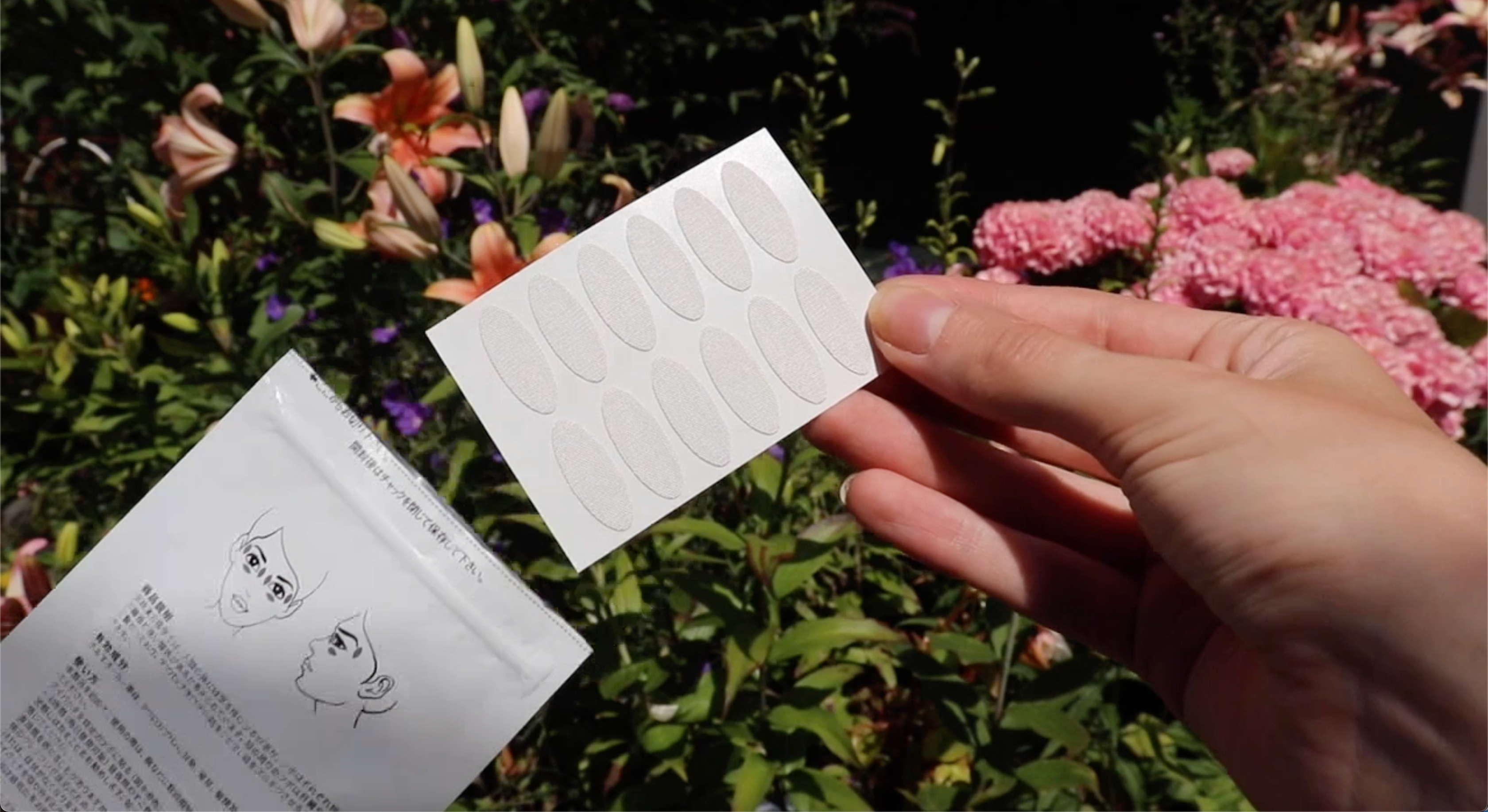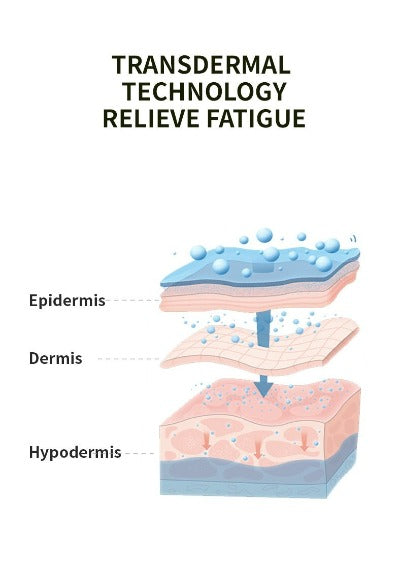They drift, they dance, they dart away the moment you try to look at them. Eye floaters are a common, and often distracting, part of many people's vision. If you have them, you've likely wondered about them. Are they just a quirky annoyance you have to live with? Or are they a sign of something more serious?
This leads to one of the most frequent questions we hear in our clinic: "Do my eye floaters need treatment?"
The answer is nuanced. For the vast majority of people, the answer is no. But for a small and important group, the sudden appearance of floaters can be an urgent signal that requires immediate medical attention.
Navigating this uncertainty can be stressful. That's why we've created this definitive guide. We'll walk you through the difference between "normal" floaters and warning signs, explain when it's absolutely critical to see a doctor, and cover the modern treatment options available for those with severe, life-altering symptoms.
The Baseline: When Floaters Are Typically Harmless
First, let's start with reassurance. Most eye floaters are benign. They are a natural result of the vitreous humor—the gel inside your eye—changing with age. As this gel liquefies, tiny collagen fibers can clump together, casting shadows on your retina.
You likely don't need to be concerned if your floaters match this description:
-
They've been around for a while. You’ve had one or two "regular" floaters for months or even years.
-
They are stable. Their number, size, and frequency haven't changed dramatically.
-
They look like small dots, translucent threads, or cobwebs.
-
They move slowly when your eye moves and drift when your eye stops.
-
They are most noticeable against bright backgrounds like a blue sky or a white wall.
In these common cases, the medical advice is typically "watchful waiting." The floaters are considered a harmless annoyance, and the potential risks of any medical or surgical intervention far outweigh the benefits. The brain is also remarkably adept at a process called neuro-adaptation, where it gradually learns to ignore the floaters, tuning them out like background noise.
RED FLAGS: When to See an Eye Doctor Immediately
While most floaters are harmless, some are symptoms of a serious, vision-threatening event. This is the information that everyone needs to know. If you experience any of the following symptoms, you should see an ophthalmologist or optometrist the same day or go to the nearest emergency room.
Do not wait to see if they get better.
-
A Sudden Shower of New Floaters: This is the most critical sign. We aren't talking about noticing the same old floater in a different light. This is a sudden, dramatic increase in the number of floaters, often described as a "swarm of gnats," "a pepper shaker being shaken," or "hundreds of black dots."
-
Flashes of Light (Photopsia): This symptom often accompanies a sudden increase in floaters. People describe it as seeing lightning streaks or camera flashes in their peripheral (side) vision. These flashes are not from an external light source and can occur even in a pitch-black room with your eyes closed.
-
A Curtain or Dark Shadow in Your Vision: You may notice a dark, veil-like shadow that begins in your peripheral vision and slowly expands toward the center. It may feel like a curtain is being drawn over part of your field of view.
What Is Happening During These Events?
These three red flags are classic symptoms of a Posterior Vitreous Detachment (PVD) that may have caused a complication. A PVD is a natural aging event where the vitreous gel, which has been shrinking over time, finally pulls away from the retina at the back of the eye.
In over 85% of cases, this separation happens cleanly and without issue. The sudden shower of floaters in a benign PVD is often just cellular debris being released.
However, sometimes the vitreous is stuck too firmly to the retina. As it pulls away, it can tug on the retina, causing the flashes of light (this is the retina itself sending a "distress signal" to the brain). If it pulls hard enough, it can cause a retinal tear. If fluid from inside the eye seeps through that tear, it can lift the retina off the back wall of the eye, leading to a retinal detachment. A retinal detachment is a medical emergency that can cause permanent blindness if not treated promptly.
What to Expect During Your Urgent Eye Exam
If you experience any of the red flag symptoms, your eye doctor will perform a comprehensive dilated eye exam. Here’s what that involves:
-
Eye Drops: The doctor or a technician will put special drops in your eyes to widen (dilate) your pupils. This can make your vision blurry and sensitive to light for a few hours, so it's essential to have someone drive you.
-
The Exam: Dilating your pupils gives the doctor a wide, clear view of the entire inside of your eye, including the far peripheral edges of your retina. Using a special magnifying lens and a bright light, they will meticulously check your entire retina for any signs of holes, tears, or detachment.
The outcome will be either reassurance ("This was a simple PVD with no complications") or a plan for immediate treatment to seal the tear and prevent a full detachment.
The Treatment Landscape: For Severe, Non-Emergency Floaters
What if your exam shows no retinal tear, but your floaters are so numerous and dense that they significantly impact your ability to read, drive, or work? This is a different category of patient. Your vision isn't in immediate danger, but your quality of life is compromised.
For these severe cases, after a period of observation (usually 3-6 months to see if symptoms improve), two primary treatment options may be considered.
1. YAG Laser Vitreolysis
This is a non-invasive, in-office procedure that uses a specialized laser to deal with floaters.
-
How it Works: The ophthalmologist uses a YAG laser to apply short bursts of energy directly onto the collagen clumps. The energy vaporizes the collagen into small gas bubbles, which are then absorbed by the eye. The goal is not to eliminate the floaters entirely but to break them up into much smaller, less noticeable pieces.
-
Who is a Good Candidate? This procedure works best for patients with specific types of well-defined, "soft" floaters (like a Weiss ring, which is a large floater that can appear after a PVD) that are a safe distance from both the retina and the eye's natural lens.
-
Pros: It is minimally invasive, painless, and has a relatively quick recovery time.
-
Cons: It's not effective for all types of floaters, especially small, scattered ones. It may require multiple treatment sessions. There are risks, including a spike in eye pressure, and in rare cases, the laser could inadvertently hit the lens or retina.
2. Vitrectomy
A vitrectomy is the most definitive and effective way to eliminate floaters, but it is also a much more invasive surgical procedure.
-
How it Works: This is an operation performed in a sterile surgical setting. A surgeon makes tiny incisions in the eye and uses micro-instruments to remove the vitreous gel—and all the floaters within it. The vitreous is then replaced with a sterile saline solution that your eye will naturally replace with its own clear fluid over time.
-
Who is a Good Candidate? This surgery is reserved for patients with severely debilitating floaters who have not found relief through other means and who understand and accept the significant risks.
-
Pros: It is highly effective, with most patients experiencing a dramatic or complete resolution of their floaters.
-
Cons: As an invasive surgery, it carries serious risks, including infection, bleeding, retinal detachment, and glaucoma. Furthermore, a vitrectomy almost guarantees the development of a cataract in the operated eye, often within one to two years, which will then require another surgery to fix. For this reason, it is often considered a last resort.
Conclusion: Be Proactive, Not Anxious
For most people, eye floaters are a harmless part of life's journey. They don't require treatment, only patience as your brain learns to ignore them.
The most important takeaway is to know the difference between a nuisance and an emergency. Understanding the red flags—a sudden shower of new floaters, flashes of light, or a curtain in your vision—empowers you to act quickly and protect your sight. If you experience these symptoms, don't hesitate. An urgent eye exam can provide either the peace of mind you need or the sight-saving intervention you require.
If your floaters are severe but not an emergency, have an open conversation with your eye doctor about your quality of life. Together, you can explore the pros and cons of modern treatments and decide on the best path forward for your unique situation.
Q&A for Users with Eye Discomfort
Q1: My doctor confirmed I had a PVD a few weeks ago. Will I keep getting flashes and floaters forever?
A: Typically, the most dramatic symptoms of a PVD subside over time. The flashes of light usually stop within a few days or weeks once the vitreous has fully separated from the retina and is no longer tugging on it. The "shower" of floaters will also lessen, and the remaining ones will often settle and become less noticeable over the following weeks and months. However, you should always report any new flashes or a new swarm of floaters to your doctor.
Q2: Are there any eye drops, supplements, or special eye exercises that can cure my floaters?
A: Unfortunately, there is currently no scientifically proven eye drop, pill, supplement, or exercise that can dissolve or eliminate existing eye floaters. Many products are marketed online, but they lack clinical evidence. The only proven medical interventions are the laser and surgical procedures discussed above. Be wary of any product claiming to offer a simple "cure."
Q3: Does stress make my eye floaters worse?
A: Stress doesn't physically create more floaters, but it can significantly increase your perception of them. When you are stressed or anxious, your body is in a state of high alert. Your pupils may dilate, and your brain becomes hyper-aware of any internal or external stimuli, including the floaters in your vision. Many people report their floaters are much more intrusive during periods of high stress. Managing stress through mindfulness, exercise, or other relaxation techniques can help you ignore them more effectively.
Q4: If I have a vitrectomy for floaters, can they ever come back?
A: It is extremely rare for the original type of floaters to "come back" after a full vitrectomy, as the vitreous gel containing them has been completely removed. However, it is possible for new, different types of "floaters" to develop later due to other issues like bleeding or inflammation in the eye, though this is not common. The primary long-term consideration after vitrectomy is not the return of floaters but the high probability of cataract formation.
Q5: My doctor said my floaters are harmless, but they cause me a lot of anxiety. What can I do?
A: This is a very common and valid experience. The first step is acceptance and reassurance from the medical diagnosis—know that your eyes are healthy. From there, focus on retraining your brain. When you notice a floater, consciously acknowledge it without dwelling on it, and then gently redirect your attention to something else. The more you "chase" them or worry about them, the more your brain will flag them as important. Over time, this conscious redirection can help accelerate the natural process of neuro-adaptation, reducing their impact on your daily life and your anxiety levels.
















